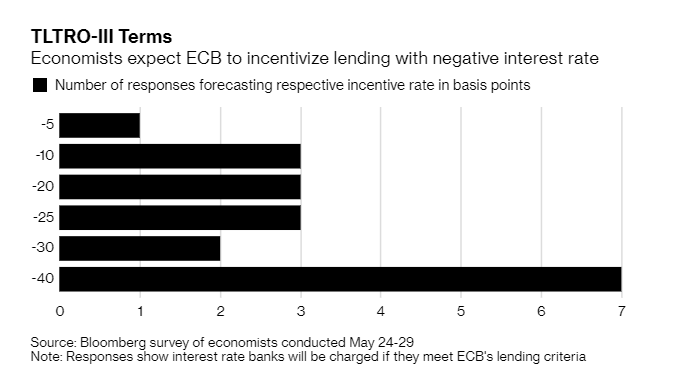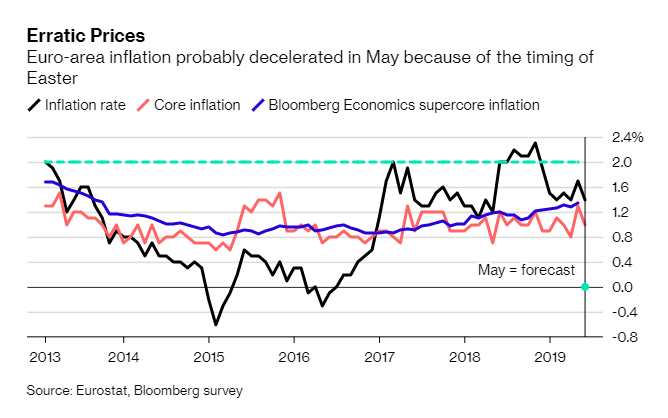Confused? It's ok. Even traders were left scratching their heads.
Here’s exactly where things stand➡️bloom.bg/2lXlCSt
➡️Repo rate = Cost to borrow short-term cash (often overnight) in money markets, which is secured by collateral
➡️Money markets = Where traders can lend & borrow cash for short amounts of time. That’s different from the capital markets (bonds and stock markets)
On Wednesday, after that repo rate started to move up again, the NY Fed injected $75 billion to the money markets bloom.bg/2lXXU8v
One is that there was a reduction in the supply of cash ready to be lent…the same time there was an increase in demand. That pushed prices up⬆️
The Treasury issued more bonds than people expected AND there was a big corporate tax payment on Monday.
That meant there was less money on hand to lend out in these active money markets
bloom.bg/2lXlCSt
If left unchecked, the escalation in rates could do damage to the broader economy by hiking borrowing costs for companies and consumer 📉
The money-market problem threatens to overshadow the cut & Wall Street wants to know what Fed might do to fix the situation bloom.bg/2kjBBJU
There is often not enough cash on hand at Wall Street firms to meet the funding demands of a market trying to absorb record Treasury bond sales, which are needed to cover U.S. budget deficits
Stay tuned for today’s Fed meeting and statement for more information--if they offer any.
Here's a bit more for context ➡️ bloom.bg/2lXXU8v












